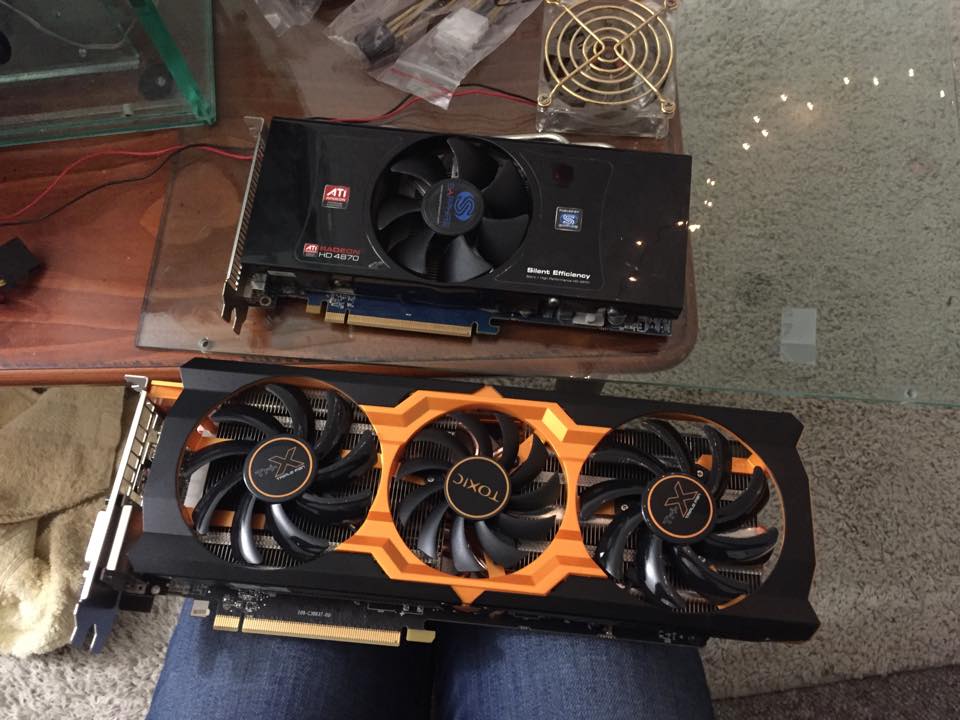By Ashley Mussbacher (The Cascade) – Email
Print Edition: April 8, 2015

If you’ve always thought about playing games on the PC, but don’t know if your computer will handle some of the newer releases, you might be in the market for a graphics card. For many, the thought of opening the case of their desktop computer and doing anything to it sounds terrifying, but trust me, it’s simpler than you think. Just make sure you’ve unplugged everything and the power supply is switched off so you don’t become the next media headline.
As you venture out into the wide world of computer parts, there is one thing you should keep in mind: graphics cards are like cats. There are so many of them and their qualities will make you want to take all of them home, but there will be a special one that fits all your needs and captures your heart. So make sure you do some thorough researching first into what those particular qualities are that you need.
One very important thing to consider is what kind of power supply you have. I’m not talking about the cable, but rather what the power cable plugs into in your tower. Many default PC power supplies are under 1,000 volts, but if you want a graphics card to play many of the newer games, they will require you to upgrade to a 1,000-volt power supply or more. In order to check which one you have, you’ll probably have to open the tower case and look at the barcode on the side of it.
The second important thing to consider is whether you need HDMI output, or any other specific output. Many graphics cards still offer DVI output. If you have multiple monitors, or want to upgrade to a multi-monitor setup, you’re going to have to ensure the graphics card provides the amount and type of outputs you need. This information can be found in specifications when you’re shopping online, or on the box.
Now for the fun part! How much memory your card has will affect how fast games load and how long you can play before the game starts lagging a bit. Many games will have settings to improve their performance, but if you want a card that can play the newer games on max graphic settings, you’re going to want something with one gigabyte of memory or higher. With two monitors active at the same time, I would suggest three gigabytes of memory.
A good card for price, age, and performance is the Radeon R9 280x. This card is a beast, with three gigabytes of memory and a 1,150 megahertz-core graphics processing unit. It can handle up to three monitors. And with newer games like Witchers 3 coming out soon, this card will be able to run them seamlessly. It’s priced on Amazon for around $240 to $500, depending on the make. If you don’t want to spend that much, the Nvidia GT 750 hovers around $130. It’s certainly not the greatest card in the world, but if you have only one monitor and want to play games like Elder Scrolls or Borderlands, those will run just fine on ultra settings.
The price of the cards will vary dramatically depending on where you’re shopping. Many good cards will need to be ordered either online, or from a computer retailer. Don’t go to Best Buy, Future Shop, or the Source for computer parts, as they tend to have a ridiculous markup. Order it either from Amazon or NCIX. NCIX offers awesome sales from time to time, or coupon buy-backs, as well as warranties. If you don’t want to install it yourself, they will do it for you for a small fee.
Once you’ve got your card, enjoy all the gaming — just in time for the end of semester!


